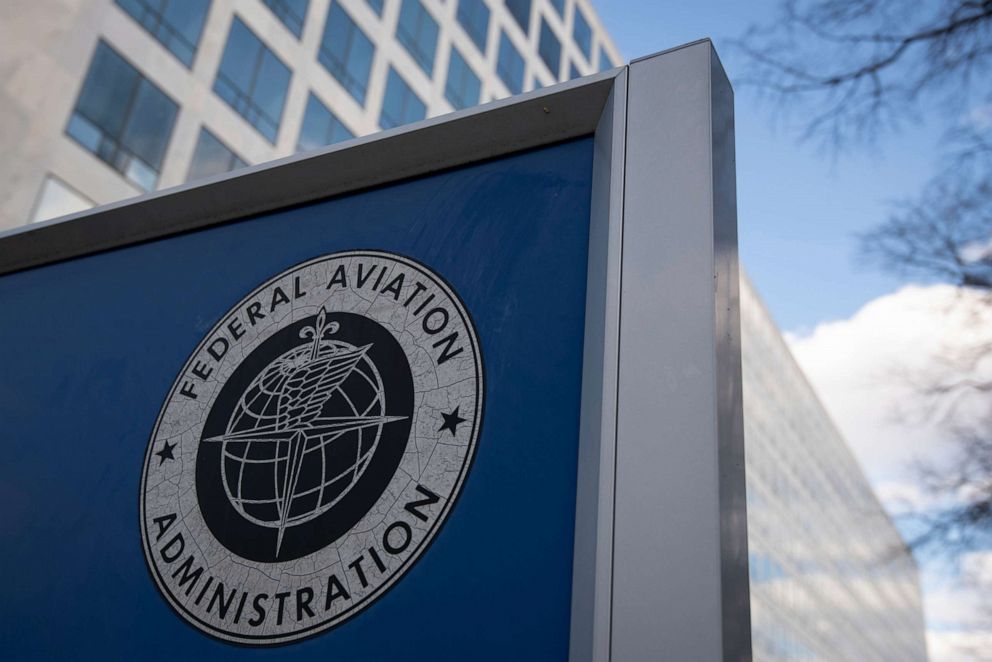Source: US FAA
The Federal Aviation Administration (FAA) announced an agreement with the National Air Traffic Controllers Association (NATCA) to ensure air traffic controllers receive adequate rest between shifts and can continue to safely do their essential work. This agreement will enable the implementation of long-term, systematic changes following the identified opportunities in the report from a panel of experts.
“The science is clear that controller fatigue is a public safety issue, and it must be addressed. Today, after collaborating with NATCA, we are pleased to announce important progress for the flying public on the issue of fatigue,” said FAA Administrator Mike Whitaker. “This is the beginning of our work, not the end. We will continue to collaborate and take steps to prioritize controllers’ health and well-being on behalf of the public.”
“NATCA is pleased that the FAA recognized the importance of working with NATCA to address the issue of fatigue,” said NATCA President Rich Santa. “NATCA has been voicing concern regarding controller fatigue for years and we are happy to join with the FAA to implement changes that will begin to provide relief to this understaffed workforce.”
“We commend the FAA and NATCA for taking these actions that reflect the Scientific Expert Panel findings and will significantly address air traffic controller fatigue risks including the four priority opportunities identified, and improve the safety of the National Airspace System,” said Dr. Mark Rosekind, Dr. Erin Flynn-Evans, and Dr. Charles Czeisler, the members of the Scientific Expert Panel on Air Traffic Controller Safety, Work Hours, and Health.
As schedules are negotiated for next year, the FAA and NATCA agree that:
- Controllers will receive 10 hours off between shifts and 12 hours off before and after a midnight shift.
- Controllers will have limitations on the number of consecutive overtime assignments.
- There will be procedures in place, including providing the necessary education to the workforce, for more effective use of current recuperative breaks.
The FAA and NATCA, in consultation with scientific experts, will establish a collaborative workgroup and expand the existing FAA’s Fatigue Risk Management System Fatigue Safety Steering Committee to develop recommendations addressing the opportunities identified in the April 2024 expert report.
In addition to addressing controller fatigue, the FAA is committed to growing the controller workforce. The agency is on track to meet its goal of hiring 1,800 controllers this year. The agency has also expanded the training pipeline to increase hiring and training.

